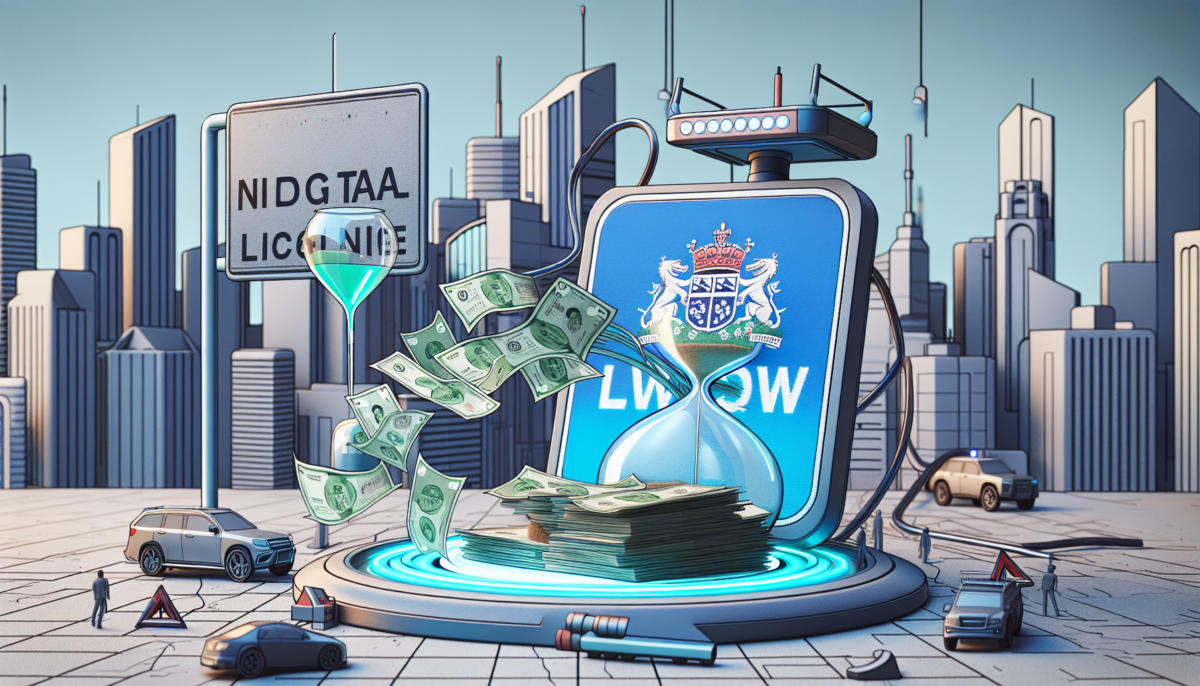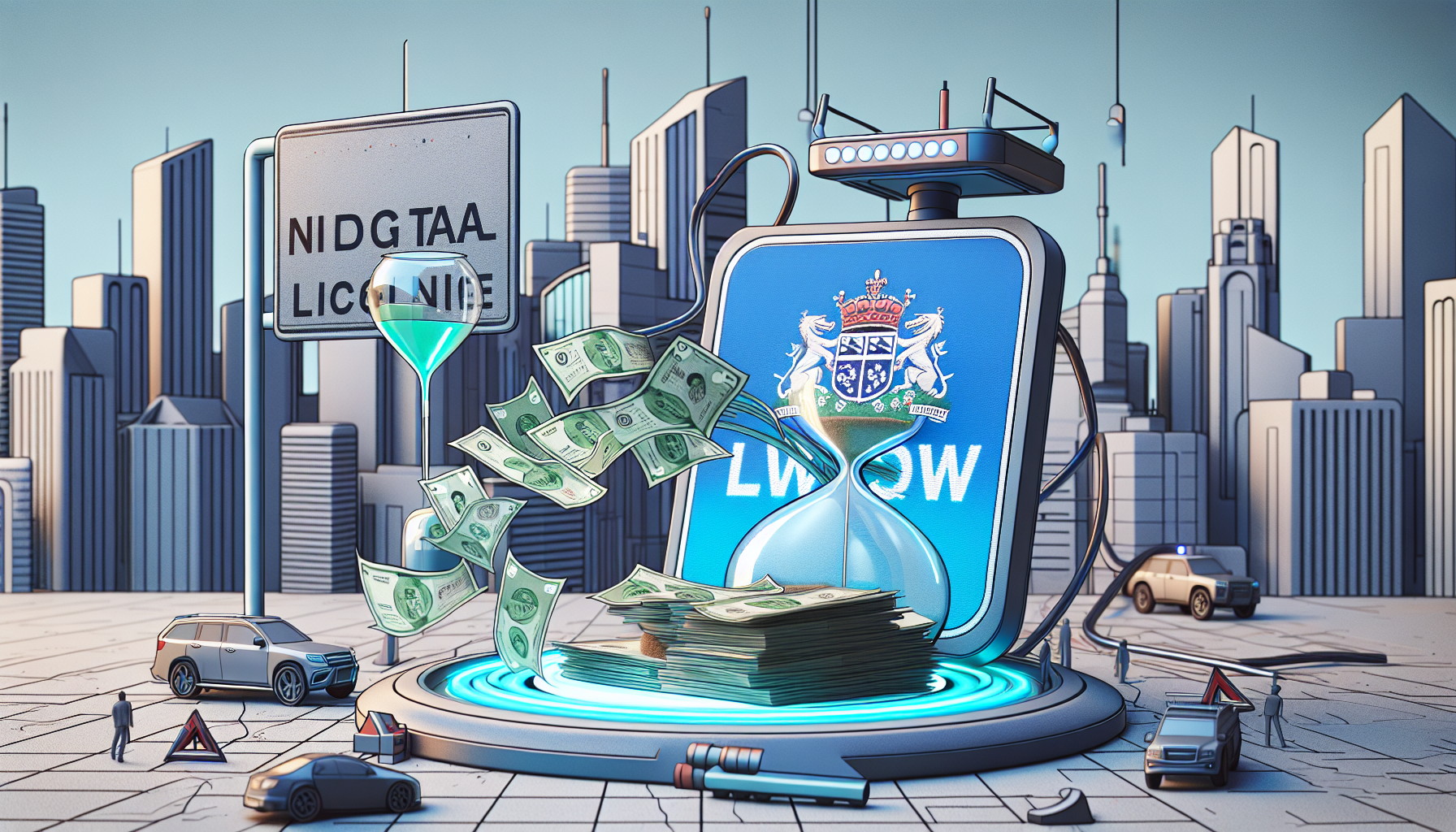NSW Digital Licence Initiative Criticized for Rising Expenses and Significant Hold-ups
We independently review everything we recommend. When you buy through our links, we may earn a commission which is paid directly to our Australia-based writers, editors, and support staff. Thank you for your support!

Brief Overview
- The Licence NSW initiative is encountering increasing delays and expenses, even with substantial funding backing.
- A mere fraction of licenses have transitioned from the outdated system to the new platform.
- The project, originally expected to wrap up by 2025, is now anticipated to extend into 2029.
- Total expenses could surpass $500 million, prompting the Department of Customer Service (DCS) to seek further financial support.
- Challenges stem from underappreciating the complexity, unique regulatory demands, and shifts in staffing.
- DCS asserts the program remains within budget and is projected to yield $852 million in benefits by 2030.

The Licence NSW Initiative: A Digital Dream in Distress
The NSW government’s ambitious Licence NSW project — a comprehensive platform aimed at modernising licensing services across 30 agencies — is now facing scrutiny due to escalating costs and prolonged timelines. Despite having secured nearly $240 million in funding thus far, only a small number of licenses have been successfully transferred from legacy systems like the two-decade-old Siebel-based OneGov Government Licensing System (GLS).
Initial Objectives and Scope
One Platform for More than 130 License Types
The Licence NSW system was designed to unify over 130 professional and industry licenses from varied government departments into a single system utilizing Calytera’s Amanda software. The goal was to establish a “single view of the customer” to lessen administrative loads, all while enhancing the citizen experience by digitising application, renewal, and compliance procedures for over 9 million licenses.
Assisted by $166.5 million from the state’s Digital Restart Fund in 2021, the program was aimed to be finalized by the end of 2025. The anticipated economic return was an impressive $850 million in advantages by 2030.
What Went Wrong?
License Migrations Fall Short of Goals
As of early 2024, only a few license schemes — such as asbestos demolition, recreational fishing, and conveyancing — have been successfully transitioned. Conflicting internal reports indicate between 8 and 16 schemes have migrated, while the Department of Customer Service (DCS) has recently clarified that 52 individual license types have either transitioned or been retired from GLS. An additional 78 are still in line for migration, expected to be completed by FY2027.
Bespoke Customisation Challenges
A significant factor contributing to the delay has been the necessity for extensive customisation. The Amanda platform was projected to deliver 64% reusable functionality across licensing schemes with minimal adjustments. Yet, the distinct requirements of regulators have necessitated significant modifications, hindering progress and driving up costs.
Rising Costs and Financial Pressures
The program was initially expected to remain within the $240 million budget, but has already required multiple infusions of cash. In November 2023, DCS received an urgent $10 million to keep operations running. In the June 2024 NSW Budget, an additional $62.5 million was earmarked to facilitate the upcoming phase of migrations.
DCS is now preparing to ask for an extra $133 million in ‘technical adjustment’ funding for FY26–FY29. Additionally, a proposal for $196 million in new policy funding has been made to uphold the operational capabilities of the Government Technology Platforms (GTP) division, which administers the program.
Staffing Changes Increase Uncertainty
In late 2023, a significant restructuring occurred within the GTP division. The Public Service Association (PSA) reported that 112 ongoing staff members were affected by changes to their roles or temporary assignments. This instability has added further complexity to an already burdened delivery model.
Hope Remains Despite Challenges
Notwithstanding the delays and funding hurdles, DCS insists that the Licence NSW program is still adhering to its financial targets. Officials report the platform has already generated $198 million in economic benefits and remains on track to achieve the full projected $852 million by FY2030.
Nonetheless, the validity of these projections is under fire as essential milestones continue to elude completion. With only one migration (recreational fishing) successfully achieved in 2024 thus far, and future timelines marked as “tentative,” industry analysts are expressing doubts.
Conclusion
The Licence NSW initiative aimed to transform licensing processes within the NSW Government. However, as of mid-2024, the project has encountered significant obstacles — from underevaluating complexities and poorly defined business cases to high demands for customisation and staffing disruptions. With projected costs now likely to exceed $500 million and completion pushed to 2029, the program is under intense scrutiny from both government and public sectors.
Q: What does the Licence NSW program involve?
A:
Licence NSW is an initiative aimed at digital transformation by the NSW Government that seeks to consolidate over 130 licensing schemes from 30 agencies into a unified platform using the Amanda software system.
Q: What is causing the delays?
A:
Delays have arisen due to underestimating required complexity, extensive customisation needs, and unique requests from various regulators. Internal restructures and staffing issues have also played a role.
Q: What are the current costs of the program?
A:
Almost $240 million has been spent to date, with an additional $62.5 million designated in the 2024-25 budget. Additional funding requests totaling over $300 million are on the horizon, possibly pushing total expenses beyond $500 million.
Q: How many licenses have successfully migrated?
A:
As of April 2024, 52 individual license types have been either migrated or retired, with 78 more scheduled for migration by FY2027.
Q: What platform is being utilized for the migration?
A:
The Amanda platform developed by Calytera is being implemented. It is a commercially available solution intended for licensing and regulatory workflows, albeit requiring substantial customisation.
Q: What is the revised completion target for the program?
A:
While the original completion date was set for 2025, it has now been postponed to FY2029 due to ongoing delays.
Q: Is the project currently on budget?
A:
According to the Department of Customer Service, yes — the project is still within its approved budgets, but additional funding is being sought to ensure its completion.
Q: What are the anticipated advantages of Licence NSW?
A:
The program is expected to bring about $852 million in economic benefits by FY2030, including enhancements in efficiency, reduced processing times, and improved service delivery for citizens.
